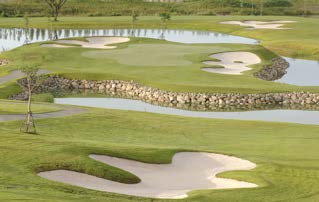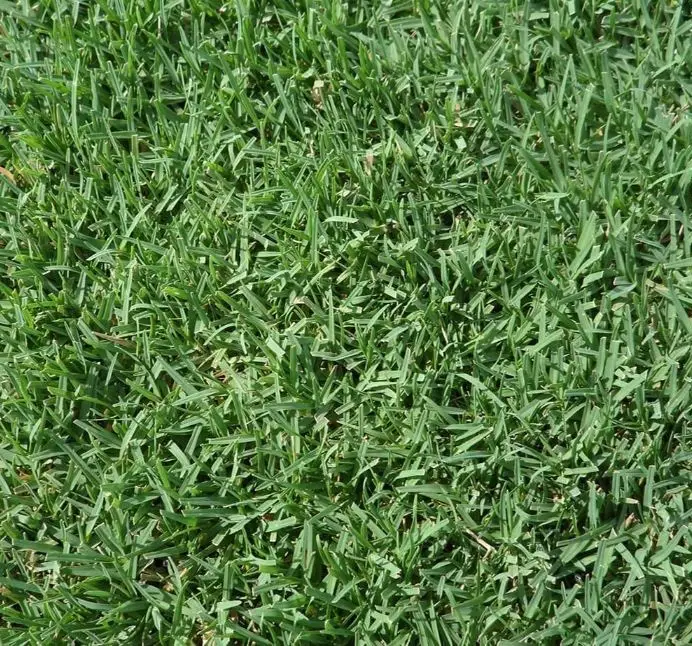Just what is genetic purity and why is the concept so important to the turfgrass industry and to golf courses in particular?
Golf course superintendents have several goals. The most critical for job security is to create aesthetically pleasing and consistent playing conditions across 18 tees, fairways, roughs and greens. They are expected to have TV-presentable courses every day, regardless of the weather, rounds of play and in spite of drought, diseases and insects. However, if the wrong grass variety is planted, or if it is genetically contaminated, even the most skilled superintendent will struggle to satisfy club members. There is an old adage that applies well here: You can’t make chicken salad out of chicken manure, likewise, you can’t create pristine playing conditions with contaminated turfgrass.

Propagation makes a difference
Varietal maintenance has different requirements for northern and southern golf course grasses. To explain, the cool season turfgrass varieties of northern courses are seeded and as such each seed or plant has slightly different genetics. Individually they may have minor morphological differences, but collectively they provide a uniform appearance and playing conditions. Genetic uniformity of newly planted turf areas depends on the maintenance of breeder seed stocks, management of seed production fields and seed processing facilities. If a sod field is contaminated because of a bad lot of seed, the grower can simply harvest and sell as generic landscape sod, then replant the next year with genetically pure seed.
In contrast, a majority of the varieties used on southern golf courses are vegetatively propagated (bermudagrass, seashore paspalum, zoysia) and as such, within a variety, each plant should have the same genetics and morphological characteristics. This gives several advantages in that the uniformity of the turf on the long term should remain stable (Tifdwarf and Tifgreen are exceptions) and most importantly the Tifway 419 purchased in 2007 should exactly match the Tifway 419 planted on the fairways when the golf course was originally built in 1968. The disadvantage to vegetative propagation is that when a sod field or golf course is planted to a mislabeled or contaminated variety, multiple herbicide applications and usually fumigation is required to correct the error. Golf course managers in these situations usually “just learn to live with the problems” and accept that their course will never be the pristine golf venue that they envisioned in the beginning.
What can go wrong
The following stories illustrate some of the problems that can arise when the genetic purity of turfgrass varieties is not properly maintained.
The greens of an early 90s Ryder Cup Golf Course on the East Coast was planted with an excellent “Tifdwarf selection”. In the late 90s during the evaluation of TifEagle, the original source farm supplied sprigs of the “Tifdwarf selection” to test against TifEagle. The only problem was that the late 90s “selection” was different from the early 90s “selection”. It was also an inferior greens grass and is no longer used as a variety. We believe that an aggressive mutation occurred in the production field and after several harvest cycles the more aggressive ecotype became the dominant “selection”. A rigorous field inspection program would have prevented the loss of this superior selection.
It is estimated that during the 1980s and early 90s at least 60% of the Tifway 419 sod sold in the southern U.S. was actually composed of different ecotypes of common Bermudagrass. Growers were not intentionally false labeling their products, but at the time, emphasis and mechanisms simply were not in place to ensure genetic quality In the late 90s a Seashore Paspalum variety was taken from Hawaii and planted in an Asian golf course nursery. Either the imported sprigs or nursery was contaminated with Zoysia and Bermudagrass. Today the golf course is only 45% Seashore Paspalum while Zoysia is dominant in the rough and Bermudagrass contaminates most of the cut fairways. Strict controls of genetic purity could have eliminated the Zoysia and Bermudagrass before they overwhelmed the Seashore Paspalum.
Tifgreen 328 in Australia is a light green Superdwarf that does not resemble the original variety that Dr. Glenn Burton released in 1958. The Australian version is probably a mutant from a Tifgreen golf green (imported in someone’s suitcase). Strict adherence to certification procedures about sources of planting stock would have prevented mislabeling the Australian 328.
It stands to reason then that vegetatively propagated southern grasses require much more stringent guidelines and continued monitoring when compared to most seeded varieties. And for varieties like Tifdwarf and Tifgreen that have a higher rate of mutations than normal, even more stringent propagation rules must be followed.
Checks and balances for genetic purity
Unlike the examples above, Dr. Wayne Hanna, USDA and the University of Georgia wanted to ensure that a system was in place to maintain the genetic identity of TifEagle and TifSport. In fact, part of this system was already in place:
- The Georgia Seed Development Commission (GSDC) had responsibility and experience in maintaining the genetic integrity of turfgrass cultivars,
- The Georgia Crop Improvement Association had already developed procedures to improve Tifway and Tifdwarf genetic maintenance that could be adapted in other states and countries.
About the author
Dr. Earl Elsner has been a member of the University of Georgia faculty and also a Director of Georgia Seed Development Commission. In the latter role he was responsible for the genetic purity of all cultivars developed by the University of Georgia. Currently, he is a consultant with sod producers, golf courses and golf associations world wide.
For more information, contact: ITGap@gacrop.org

